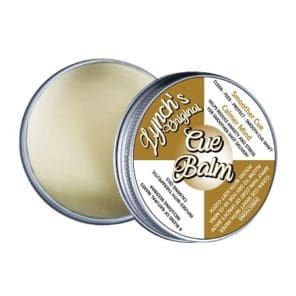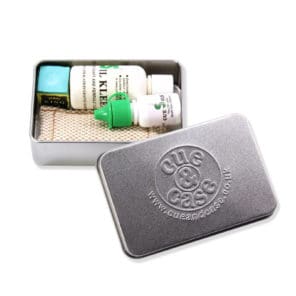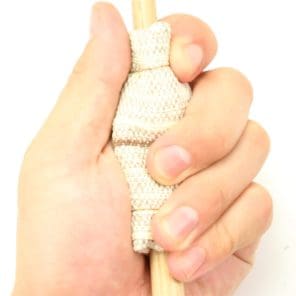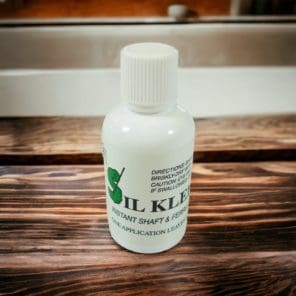A well-maintained cue is essential for any pool or snooker player, as it directly impacts your performance on the table. Over time, chalk, dirt, and oils from your hands accumulate on the cue shaft, affecting its smoothness and glide. In this guide, we’ll explore the best ways to clean your cue shaft and keep it in top condition for optimum performance and longevity.
Step-by-Step Cue Shaft Cleaning Process
1. Gather Your Cleaning Supplies
Before you begin, ensure you have the necessary supplies to clean your cue shaft effectively. You’ll need:
- A clean, soft cloth
- Cue cleaner or rubbing alcohol
- Super-fine grit sandpaper or abrasive pad (optional)
- Cue wax or cue conditioner (optional)
2. Wipe Down the Shaft
Begin by wiping the shaft with a clean, soft cloth to remove any loose dirt and chalk residue. Pay particular attention to the areas where your hand typically grips the cue.
3. Apply Cue Cleaner or Rubbing Alcohol
Moisten another soft cloth with cue cleaner or rubbing alcohol. Gently rub the shaft, working in sections from the joint to the tip, applying light pressure. The cleaner will help dissolve and remove stubborn grime.
4. Optional: Lightly Sand the Shaft
If the shaft still feels rough or sticky after cleaning, consider lightly sanding it with super-fine grit sandpaper or an abrasive pad. Make sure to sand along the grain, using even pressure. This step should be done with caution, as over-sanding can damage the shaft.
5. Wipe Down and Inspect
After cleaning and/or sanding, use a clean, dry cloth to wipe down the shaft, removing any residual cleaner or dust. Inspect the shaft for smoothness and ensure all dirt has been removed.
6. Optional: Apply Cue Wax or Conditioner
For added protection and smoothness, consider applying a cue wax or conditioner. Follow the manufacturer’s instructions for proper application and buff the shaft with a clean cloth once the product has dried.
Maintaining Your Cue Shaft
Regular cleaning and maintenance will prolong the life of your cue and improve your playing experience. Clean your cue shaft at least once a month or more frequently if you play often. Always store your cue in a case when not in use to protect it from damage and environmental factors.
Additional Tips for Cue Care
Apart from cleaning the shaft, there are other aspects of cue care that can enhance your playing experience and prolong the life of your cue. Consider the following tips:
- Protect the tip: Regularly inspect the tip for wear and replace it as needed. Keep the tip well-shaped and scuffed for optimal chalk retention and cue ball control.
- Clean the ferrule: Clean the ferrule with a damp cloth and mild soap, as needed. Avoid using harsh chemicals or abrasive materials, as they can damage the ferrule.
- Inspect the joint: Ensure the joint is free of debris and damage. Tighten or replace any loose components, and consider using a joint protector to preserve the threading.
- Avoid extreme temperatures: Excessive heat or cold can warp or damage the cue. Avoid leaving your cue in a hot car or near a heat source, and store it in a temperature-controlled environment.
Conclusion
Proper cue shaft cleaning and maintenance are essential for any pool or snooker player who values optimal performance and the longevity of their equipment. By following the steps outlined in this guide and incorporating additional care tips, you can ensure your cue remains in excellent condition, allowing you to focus on what matters most – enjoying the game and improving your skills.




